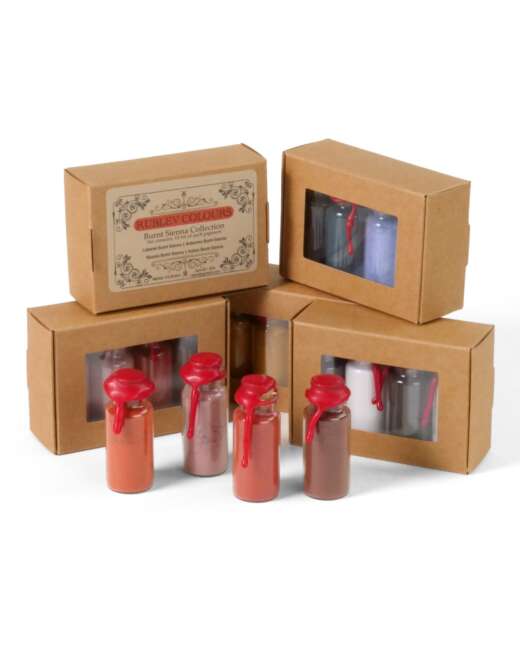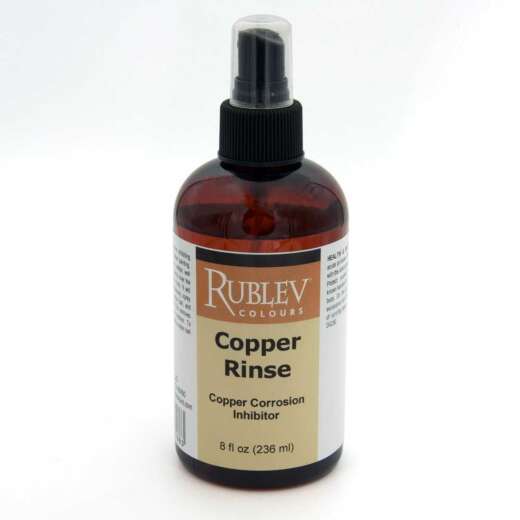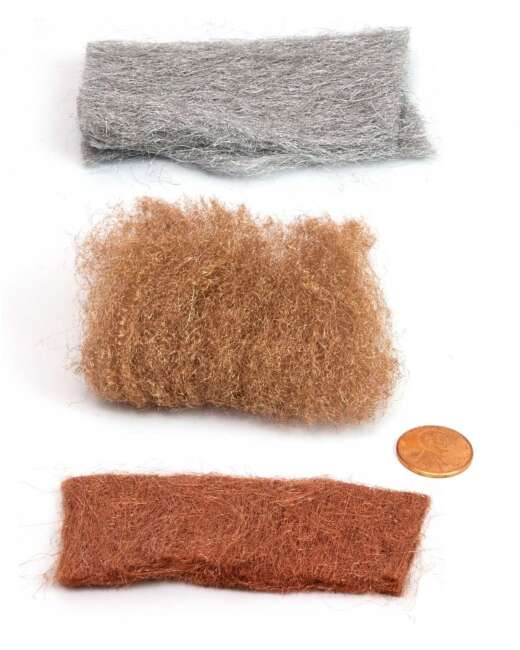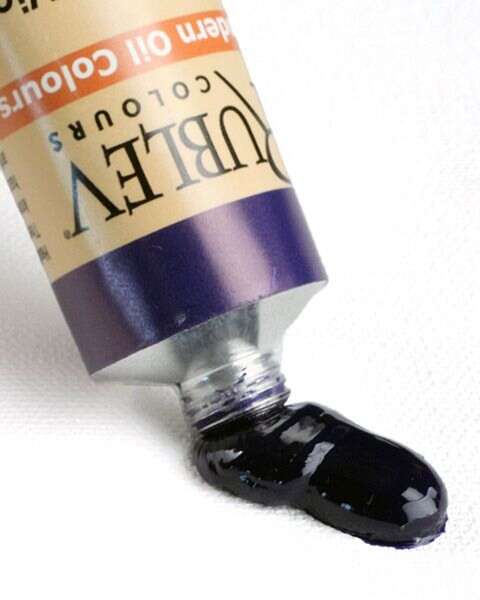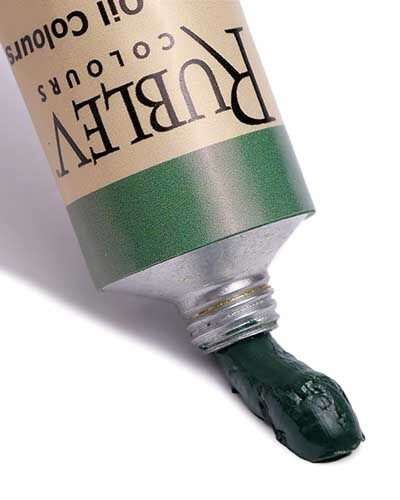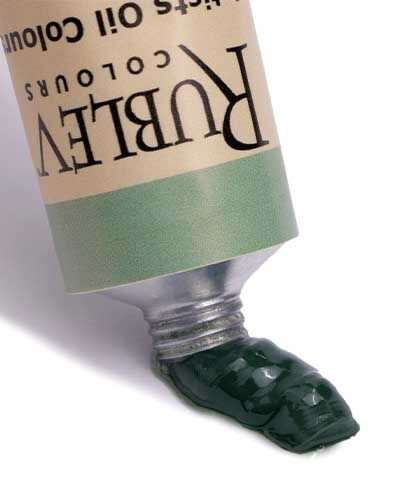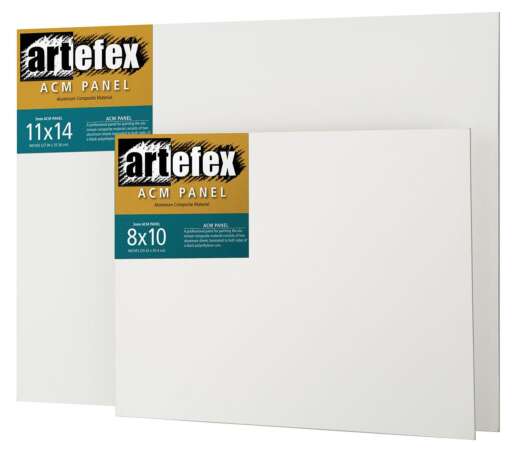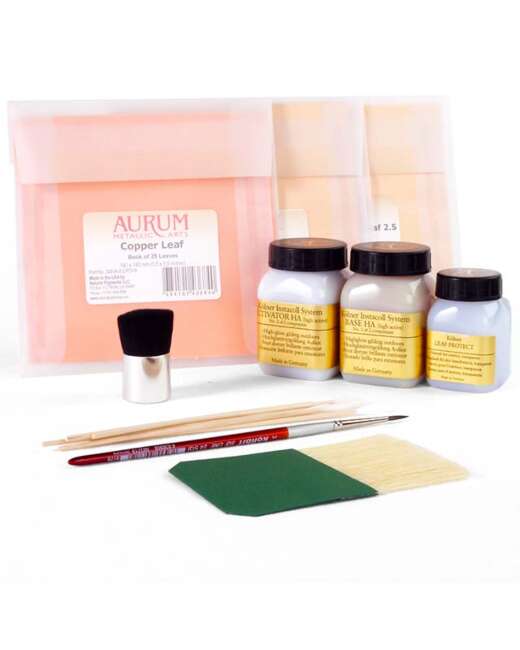Is Thermal Expansion a Problem for Oil Paint on Metal?

The effect of linear thermal expansion can be dramatic, as seen in this photograph of railroad tracks.
With the recent surge in popularity of painting on metal, such as aluminum composite material (ACM) and copper, some have questioned its viability regarding the thermal expansion of the metal. When an object is heated or cooled, its length changes by an amount proportional to the original length and the temperature change. This is known as “linear thermal expansion,” or a material’s length change.
To understand whether this is a problem or not for painting on metal, we can compare the thermal expansion of different metals and oil paint. The linear thermal expansion of an object can be expressed as:
Δl = L0 α (t1 – t0)
where
Δl = change in object length (m)
L0 = initial length of the object (m)
α = linear expansion coefficient (m/mºC)
t0 = initial temperature (ºC)
t1 = final temperature (ºC)
The relative expansion (also called strain) divided by the change in temperature is called the material’s coefficient of linear thermal expansion and generally varies with temperature. The coefficient of linear thermal expansion is designated by the symbol α (alpha).
Here are the Linear Temperature Coefficients for common materials used in painting:
| Material | Linear Thermal Expansion Coefficient | |
| 10-6 m/(m°C) | 10-6 in./(in.°F) | |
| Aluminum | 21–24 | 11.7–13.3 |
| Birch plywood, parallel to the grain | 3.25–5.30 | |
| Birch plywood, perpendicular to the grain | 35.11–40.29 | |
| Copper | 16–16.7 | 8.89–9.28 |
| Glass, plate | 9 | 5 |
| Marble | 5.5–14.1 | 3.06–7.83 |
| Oak, perpendicular to the grain | 54 | 30 |
| Lead white linseed oil paint | 41–48 | |
| Titanium white linseed oil paint | 145–175 | |
Note: Linear expansion coefficients for most materials varies with temperature.
Aluminum, copper, glass, and marble expand and contract with the rise and fall of temperature less than linseed oil paint. Due to its structure, wood has two coefficients of thermal expansion: one in the direction (parallel) of the grain and another perpendicular to the grain. The thermal expansion and contraction of wood are anisotropic; it expands and contracts much more across the grain than with the grain, increasing the potential for cracks in paintings parallel to the grain.
All oil paints expand and contract with the rise and fall of temperature. The coefficient of thermal expansion for oil paint largely depends on the pigment content. For example, titanium white oil paint expands and contracts nearly four times that of lead white oil paint.

Increase in length in millimeters with rising in temperature of 100º C for one meter of common materials used in painting
Linseed oil paint expands and contracts at a higher rate than copper or aluminum. Since the middle of the sixteenth century, many oil paintings were executed on copper. By contracting with temperature decreases, copper relieves some of the stresses and strain in the oil paint layers. This is another reason that these paintings have survived in such good condition. The same may be true of paintings on other rigid supports, such as aluminum composite material (ACM).
Sources
Browne, F.L. (1960) Thermal Expansion of Free Films of House Paint, Forest Products Laboratory, Forest Service U. S. Department of Agriculture. Download PDF. [Accessed 2 March 2020]
Engineering ToolBox (2008) Linear Thermal Expansion. [online] View. [Accessed 2 March 2020]
Mecklenburg, Marion F., Determining the Acceptable Ranges of Relative Humidity And Temperature in Museums and Galleries, Museum Conservation Institute, p. 12. Download PDF. [Accessed 2 March 2020]
Weatherwax, Richard and Stamm, Alfred (1956) The Coefficients of Thermal Expansion of Wood and Wood Products, Forest Products Laboratory, Forest Service U. S. Department of Agriculture. Download PDF. [Accessed 2 March 2020]




